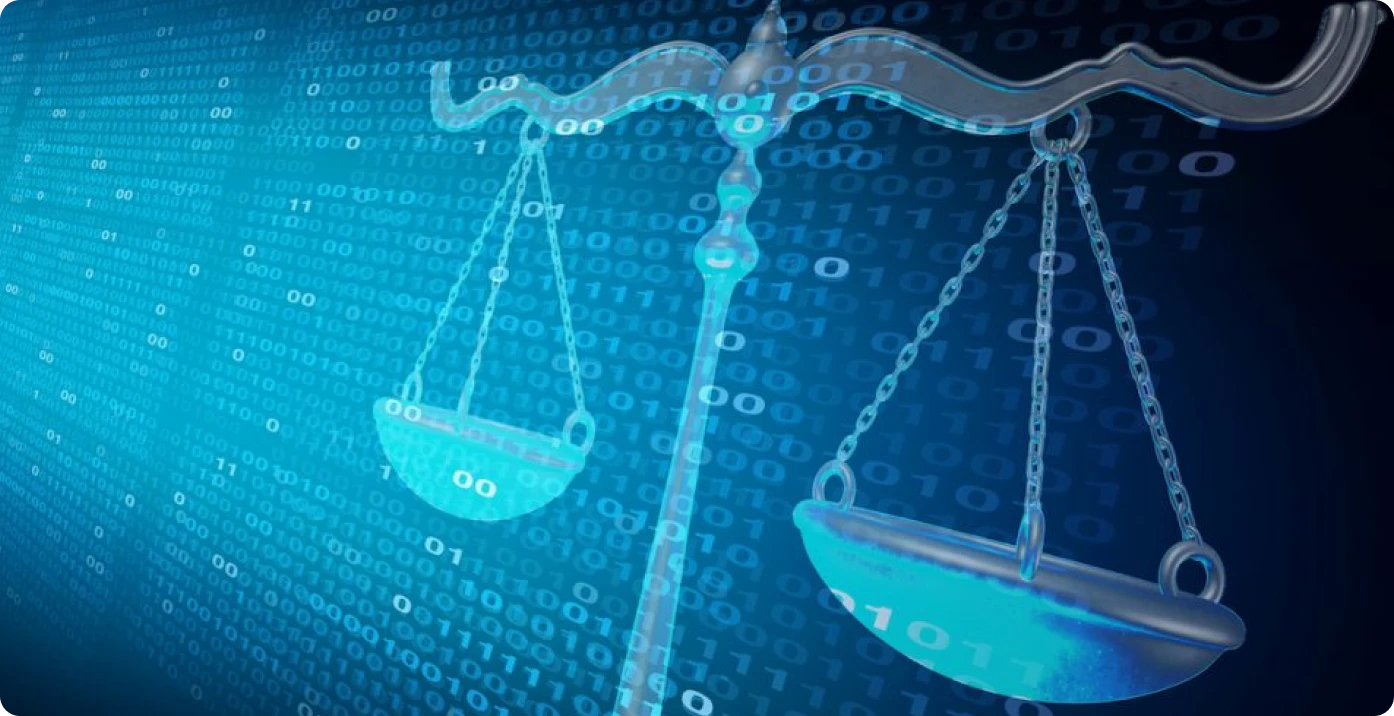Misinformation - Tale of Two Cases
Introduction
In the labyrinthine corridors of the digital age, where information zips across the globe with the ferocity of a tempest, the truth often finds itself ensnared in a web of deception. It is within this intricate tapestry of reality and falsehood that we find ourselves examining two distinct yet equally compelling cases of misinformation, each a testament to the pervasive challenges that beset our interconnected world.
Case 1: The Deceptive Video: Originating in Malaysia, Misattributed to Indian Railway Development
A misleading video claiming to showcase Indian railway construction has been debunked as footage from Malaysia's East Coast Rail Link (ECRL). Fact-checking efforts by India TV traced the video's origin to Malaysia, revealing deceptive captions in Tamil and Hindi. The video was initially posted on Twitter on January 9, 2024, announcing the commencement of track-laying for Malaysia's East Coast Railway. Further investigation reveals the ECRL as a joint venture between Malaysia and China, involving the laying of tracks along the east coast, challenging assertions of Indian railway development. The ECRL's track-laying initiative, initiated in December 2023, is part of China's Belt and Road initiative, covering 665 kilometers across states like Kelantan, Terengganu, Pahang, and Selangor, with a completion target set for 2025.
The video in question, a digital chameleon, had its origins not in the bustling landscapes of India but within the verdant bounds of Malaysia. Specifically, it was a scene captured from the East Coast Rail Link (ECRL) project, a monumental joint venture between Malaysia and China, unfurling across 665 kilometers of Malaysian terrain. This ambitious endeavor, part of the grand Belt and Road initiative, is a testament to the collaborative spirit that defines our era, with tracks stretching from Kelantan to Selangor, and a completion horizon set for the year 2025.
The unveiling of this grand project was graced by none other than Malaysia’s King Sultan Abdullah Sultan Ahmad Shah, in Pahang, underscoring the strategic alliance with China and the infrastructural significance of the ECRL. Yet, despite the clarity of its origins, the video found itself cloaked in a narrative of Indian development, a falsehood that spread like wildfire across the digital savannah.
Through the meticulous application of keyframe analysis and reverse image searches, the truth was laid bare. Reports from reputable sources such as the Associated Press and the Global Times, featuring the very same machinery, corroborated the video's true lineage. This revelation not only highlighted the ECRL's geopolitical import but also served as a clarion call for the critical role of fact-checking in an era where misinformation proliferates with reckless abandon.
Case 2: Kerala's Incident: Investigating Fake Narratives
Kerala Chief Minister Pinarayi Vijayan has registered 53 cases related to spreading fake narratives on social media to incite communal sentiments following the blasts at a Christian religious gathering in October 2023. Vijayan said cases have been registered against online news portals, editors, and Malayalam television channels. The state police chief has issued directions to monitor social media to stop fake news spread and take appropriate actions.
In a different corner of the world, the serene backdrop of Kerala was shattered by an event that would ripple through the fabric of its society. The Kalamassery blast, a tragic occurrence at a Christian religious gathering, claimed the lives of eight individuals and left over fifty wounded. In the wake of this calamity, a man named Dominic Martin surrendered, claiming responsibility for the heinous act.
Yet, as the investigation unfolded, a different kind of violence emerged—one that was waged not with explosives but with words. A barrage of fake narratives began to circulate through social media, igniting communal tensions and distorting the narrative of the incident. The Kerala Chief Minister, Pinarayi Vijayan, informed the Assembly that 53 cases had been registered across the state, targeting individuals and entities that had fanned the flames of discord through their digital utterances.
The Kerala police, vigilant guardians of truth, embarked on a digital crusade to quell the spread of these communally instigative messages. With a particular concentration of cases in Malappuram district, the authorities worked tirelessly to dismantle the network of fake profiles that propagated religious hatred. Social media platforms were directed to assist in this endeavor, revealing the IP addresses of the culprits and enabling the cyber cell divisions to take decisive action.
In the aftermath of the blasts, the Chief Minister and the state police chief ordered special instructions to monitor social media platforms for content that could spark communal uproar. Cyber patrolling became the order of the day, as a 20-member probe team was constituted to deeply investigate the incident.
Conclusion
These two cases, disparate in their nature and geography, converge on a singular point: the fragility of truth in the digital age. They highlight the imperative for vigilance and the pursuit of accuracy in a world where misinformation can spread like wildfire. As we navigate this intricate cyberscape, it is imperative to be mindful of the power of fact-checking and the importance of media literacy, for they are the light that guides us through the fog of falsehoods to the shores of veracity.
These narratives are not merely stories of deception thwarted; they are a call to action, a reminder of our collective responsibility to safeguard the integrity of our shared reality. Let us, therefore, remain steadfast in our quest for the truth, for it is only through such diligence that we can hope to preserve the sanctity of our discourse and the cohesion of our societies.
References:
- https://www.indiatvnews.com/fact-check/fact-check-misleading-video-claims-malaysian-rail-project-indian-truth-ecrl-india-railway-development-pm-modi-2024-01-29-914282
- https://sahilonline.org/kalamasserry-blast-53-cases-registered-across-kerala-for-spreading-fake-news








